Home>Dining>Tableware>When Is The Best Time To Clean Glassware During A Lab Session?
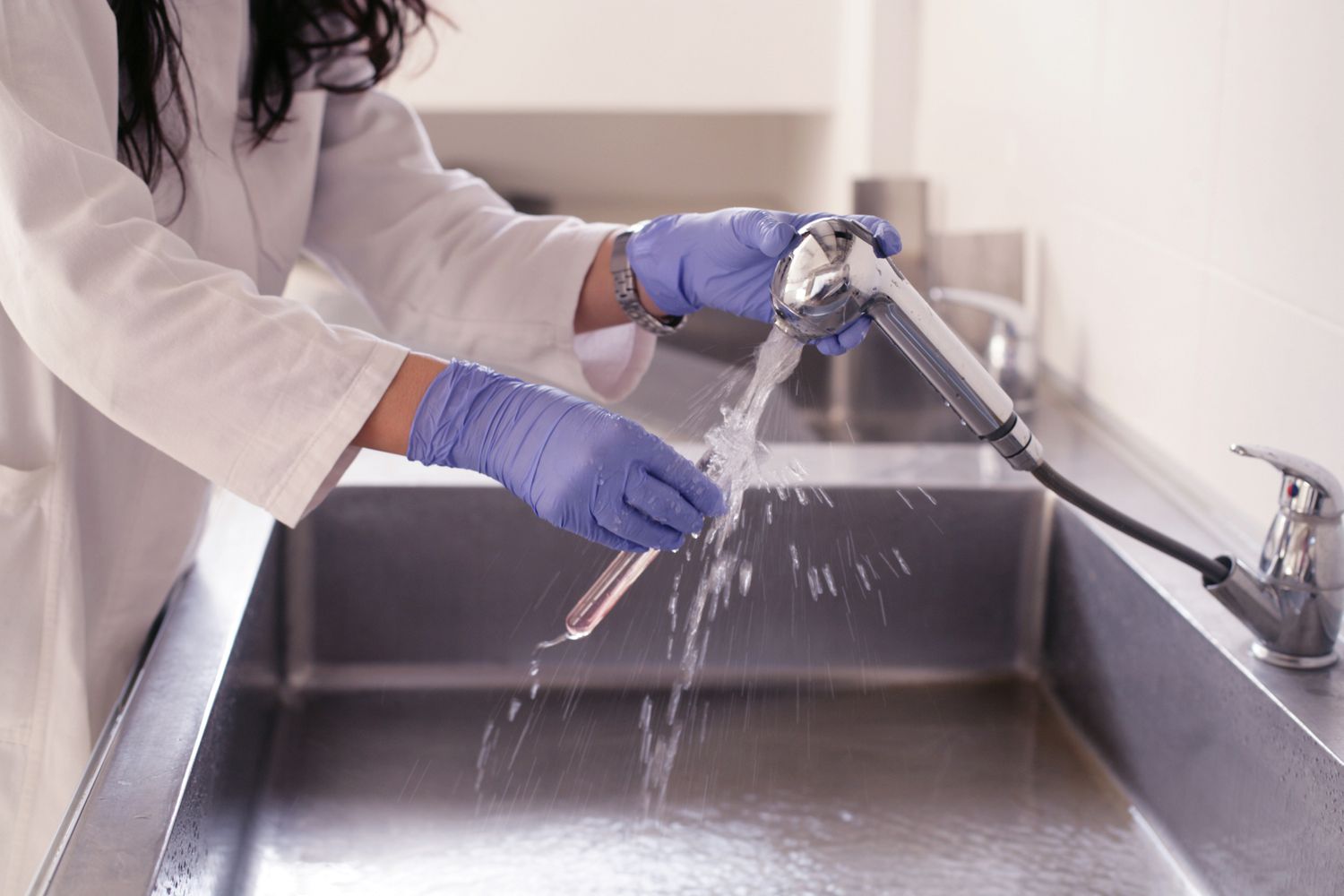

Tableware
When Is The Best Time To Clean Glassware During A Lab Session?
Modified: January 19, 2024
Discover the ideal moment to clean tableware in a lab setting. Find out when is the best time to ensure spotless glassware for accurate experiments and analysis.
(Many of the links in this article redirect to a specific reviewed product. Your purchase of these products through affiliate links helps to generate commission for Storables.com, at no extra cost. Learn more)
Introduction
In any laboratory setting, proper glassware cleaning is crucial to ensure accurate results and maintain a safe working environment. Glassware is used extensively in scientific experiments, research, and various analytical procedures. It plays a vital role in the success of these endeavors, as it allows for precise measurements, controlled reactions, and reliable observations.
Cleaning glassware in the lab is more than just a routine task—it is a fundamental part of good laboratory practice. Proper cleaning removes any residual substances that could contaminate consecutive experiments, introduces errors, or compromise the safety of lab personnel. It also helps to prolong the lifespan of glassware and maintain its integrity.
However, determining the best time to clean glassware during a lab session can be challenging. Several factors need to be taken into consideration, such as experiment requirements, time constraints, and the potential for contamination. Each lab may have its own specific protocols and practices, but understanding the key factors can help guide the decision-making process.
In this article, we will explore the importance of cleaning glassware in the lab and discuss the factors to consider when deciding the best time for cleaning. We will also delve into the best practices for cleaning glassware, as well as examine different approaches to cleaning glassware during lab sessions. Additionally, we will provide insights on considerations for specific types of glassware.
By following the proper cleaning procedures and taking into account the specific needs of each experiment, lab technicians can ensure accurate and reliable results, minimize errors, and create a safe working environment for all personnel. So, let’s dive into the world of glassware cleaning and discover the best strategies for maintaining cleanliness and precision in the laboratory.
Key Takeaways:
- Proper cleaning of glassware is crucial for accurate results, safety, and cost savings in the lab. Consider experiment requirements, time constraints, and contamination risks when deciding the best time to clean glassware.
- Following best practices for cleaning glassware, including pre-cleaning preparations, proper techniques, and drying methods, ensures accurate and reliable experimental results. Different approaches to cleaning glassware during lab sessions can be adopted based on specific experiment requirements and constraints.
Read more: When Is The Best Time To Clean Gutters
Importance of Cleaning Glassware in the Lab
Proper cleaning of glassware is of utmost importance in the laboratory. Glassware serves as a vessel for various chemicals, solutions, and substances used in experiments. Any contamination or residue left behind from previous experiments can lead to inaccurate results, compromised reactions, or even unsafe conditions for lab personnel.
One key reason for cleaning glassware is to remove any traces of previous substances that may still be present on the surface. Even small amounts of residual materials can introduce errors and affect the outcome of subsequent experiments. For example, if a glass beaker used in a previous experiment still contains traces of a particular chemical, it can inadvertently mix with the new solution and alter the chemical reactions that need to take place.
Additionally, glassware cleaning helps to eliminate the risk of cross-contamination. In a laboratory setting where various substances are handled, it is crucial to prevent unintended mixing of different chemicals. Contaminating a sample or solution can not only impact the reliability of experimental results but can also have serious consequences, especially when working with hazardous or volatile substances.
Cleaning glassware also contributes to the overall safety of the lab environment. Residual chemicals or substances left on glassware can pose risks such as chemical reactions, accidental spills, or exposure to toxic fumes. Cleaning glassware thoroughly minimizes these risks and ensures a safe working space for lab personnel.
Furthermore, proper cleaning and maintenance of glassware have economic implications. High-quality laboratory glassware is often expensive, and regular cleaning helps to extend its lifespan. By taking care of glassware, labs can save money by avoiding the need for frequent replacements. Proper cleaning also helps to maintain the integrity of glassware, preventing cracks, scratches, or other damages that could compromise its functionality and accuracy.
In summary, the importance of cleaning glassware in the lab cannot be overstated. It ensures accurate and reliable experimental results, minimizes risks associated with contamination, and contributes to the overall safety of the laboratory. By following proper cleaning protocols, labs can maintain the longevity of their glassware investments while promoting a productive and secure working environment.
Factors to Consider When Deciding the Best Time to Clean Glassware
When determining the best time to clean glassware during a lab session, several important factors should be taken into consideration. These factors include experiment requirements, time constraints, and the potential for contamination. Let’s explore each of these factors in detail:
Experiment requirements: The specific requirements of the experiment play a significant role in determining when to clean glassware. Some experiments may involve multiple steps or require the use of different solutions or substances that cannot be mixed. In such cases, it may be necessary to clean glassware immediately after use to avoid cross-contamination and ensure accurate results. On the other hand, certain experiments may not require absolute cleanliness between steps, allowing for cleaning at a later stage.
Time constraints: Time is a crucial consideration in a lab setting, where efficiency is often key. Cleaning glassware can be a time-consuming process, especially when dealing with complex equipment or delicate glassware. In instances where time is limited, it may be more practical to clean glassware at the end of the lab session or during breaks and downtime, allowing for uninterrupted workflow during the experiment.
Potential for contamination: The potential for contamination in the lab is a critical factor when deciding when to clean glassware. If the experiment involves hazardous or toxic substances, it is essential to minimize the risk of exposure or accidental spills. In such cases, prompt cleaning of glassware is necessary to prevent any residual traces of the substances from posing a hazard to lab personnel or affecting subsequent experiments.
Considering these factors, it is important to strike a balance between maintaining experiment integrity and ensuring efficiency in the lab. Collaborating with other lab members, such as the principal investigator or research team, can help determine the optimal timing for glassware cleaning based on the specific experiment’s requirements and constraints.
In the next sections, we will explore best practices for cleaning glassware in detail. Regardless of the timing chosen, following these practices will ensure thorough cleaning, minimize contamination risks, and promote accurate and reliable experimental results.
Best Practices for Cleaning Glassware
To ensure proper cleaning of glassware in the lab, it is essential to follow a set of best practices. These practices encompass pre-cleaning preparations, cleaning techniques, and proper drying and storage methods. Let’s delve into each of these practices:
Pre-cleaning preparations: Before initiating the cleaning process, certain preparations should be made. Start by wearing appropriate personal protective equipment, such as gloves and goggles, to protect yourself from potential hazards. Inspect the glassware for any signs of damage or cracks, as compromised glassware should not be used. Additionally, remove any visible debris or residue from the glassware to make the cleaning process more effective.
Cleaning techniques: Several techniques can be employed to clean glassware effectively. Begin by rinsing the glassware with water to remove any remaining traces of the previous substance. This step helps to prevent cross-contamination. For heavily soiled glassware, soaking it in a suitable cleaning solution can facilitate the removal of stubborn residues. Use a non-abrasive brush or sponge to scrub the glassware, paying attention to corners and hard-to-reach areas. It is important to use proper cleaning agents suitable for the specific type of glassware and the substances involved. Rinse the glassware thoroughly with water to remove any cleaning solution or residue before proceeding to the drying phase.
Drying and storage: Proper drying and storage are crucial to maintain the cleanliness and integrity of glassware. Air drying glassware on a clean, lint-free surface is generally recommended. However, for certain lab settings where time is a constraint, the use of drying ovens or compressed air can expedite the process. Ensure that the glassware is completely dry before storing it to prevent the growth of bacteria or mold. Once dry, store the glassware in a clean and dedicated area, away from potential contaminants.
Following these best practices not only ensures the removal of any residual substances but also helps to maintain the longevity and functionality of glassware. Proper cleaning techniques reduce the risk of cross-contamination, ensure accurate and reliable experimental results, and promote the overall safety of the lab environment.
In the next section, we will discuss different approaches to cleaning glassware during lab sessions, considering the various factors we discussed earlier. Understanding these approaches can help labs determine the most suitable cleaning strategy for their specific needs.
The best time to clean glassware during a lab session is immediately after use. This prevents any substances from drying and becoming difficult to remove, ensuring that the glassware is ready for the next use.
Discussion on Different Approaches to Cleaning Glassware During Lab Sessions
When it comes to cleaning glassware during lab sessions, different approaches can be adopted based on the specific requirements and constraints of the experiment. Let’s discuss three common approaches: cleaning immediately after use, cleaning at the end of the session, and cleaning during breaks or downtime.
Cleaning immediately after use: One approach is to clean glassware promptly after it has been used in an experiment. This approach ensures that the glassware is thoroughly cleaned before it is reused or stored. Cleaning immediately after use is especially important when the experiment involves substances that can contaminate subsequent experiments. By promptly removing any residual substances, the risk of cross-contamination and inaccurate results is minimized. However, this approach requires additional time and resources during the lab session.
Cleaning at the end of the session: Another common approach is to clean glassware at the end of the lab session. This approach allows lab technicians to focus on the experiment without interruptions caused by cleaning tasks. By cleaning glassware collectively at the end, it also helps to streamline the cleaning process and ensures consistency in cleaning techniques. However, it is important to properly store and label glassware to prevent confusion or mixing of different substances. Moreover, this approach should be adopted only if there is no risk of contamination or compromising the cleanliness of the glassware.
Cleaning during breaks or downtime: In certain cases, labs may choose to clean glassware during breaks or periods of downtime between experiments. This approach helps utilize idle time efficiently and prevents the accumulation of dirty glassware throughout the lab session. It is a practical solution when time constraints are a concern but does require coordination among lab personnel. Cleaning during breaks or downtime allows for a continuous workflow, minimizing disruptions while ensuring that glassware remains ready for the next experiment. However, it is crucial to prioritize proper drying and storage to prevent contamination or damage to the cleaned glassware.
In determining the most suitable approach for cleaning glassware during lab sessions, labs should consider experiment requirements, time constraints, and potential contamination risks. Collaboration among lab members, including the principal investigator and research team, can help establish protocols that best align with the specific needs and objectives of the experiments.
In the next section, we will explore considerations for cleaning specific types of glassware, as different glassware may require specialized cleaning techniques or precautions.
Considerations for Specific Types of Glassware
When it comes to cleaning glassware in the lab, different types of glassware may require specific considerations and techniques to ensure proper cleaning and maintenance. Let’s explore three categories of glassware and discuss the considerations for cleaning each type:
Basic glassware: Basic glassware, such as beakers, test tubes, and flasks, is commonly used in laboratory experiments. Cleaning these types of glassware typically involves following the general best practices discussed earlier. However, it is important to pay close attention to any specific cleaning instructions provided by the manufacturer. Some basic glassware may be more prone to scratches or damage, requiring the use of gentle cleaning agents and non-abrasive cleaning tools. Additionally, certain basic glassware may have graduated markings or etched labels that could fade with abrasive or harsh cleaning methods. Proper care should be taken to preserve these markings for accurate measurement and identification purposes.
Delicate or specialized glassware: Delicate or specialized glassware, such as burettes, pipettes, or condensers, require extra care during the cleaning process. These glassware pieces may have intricate designs or fragile components that can be easily damaged. It is crucial to follow any specific cleaning instructions provided by the manufacturer or recommended by the lab supervisor. Delicate glassware may require specialized cleaning agents or techniques, such as the use of mild soap solutions or ultrasonic cleaning methods. Careful handling and attention to detail are essential to ensure the longevity and accuracy of these specialized glassware pieces.
Glassware used for volatile or hazardous substances: Glassware used for substances that are volatile or hazardous require additional precautions during the cleaning process. These substances can pose risks to lab personnel and require extra care to prevent exposure or contamination. When cleaning glassware used for volatile substances, adequate ventilation should be ensured to minimize the inhalation of fumes. It is also important to properly dispose of any leftover chemicals or residues according to the lab’s waste management protocols. Additionally, specialized cleaning agents may be required to effectively remove hazardous substances from the glassware. Following all safety guidelines and protocols is crucial to ensure the safety of lab personnel and maintain the cleanliness and integrity of the glassware.
When cleaning specific types of glassware, it is recommended to consult with lab manuals, manufacturers’ guidelines, or experienced lab personnel for any specific cleaning instructions or precautions. With proper cleaning techniques and attention to detail, labs can ensure the longevity and accuracy of their glassware investments and maintain a safe working environment.
In the concluding section, we will summarize the key points discussed and emphasize the importance of implementing these best practices for cleaning glassware in the lab.
Conclusion
Proper cleaning of glassware is essential in maintaining the accuracy, reliability, and safety of lab experiments. By following best practices and considering various factors, labs can ensure the cleanliness and integrity of their glassware.
Throughout this article, we have highlighted the importance of cleaning glassware in the lab. We discussed how residual substances can contaminate experiments, compromise results, and introduce safety hazards. By cleaning glassware thoroughly, labs can minimize the risks of cross-contamination, ensure accurate results, and create a safe working environment for lab personnel.
We explored the factors to consider when deciding the best time to clean glassware. Experiment requirements, time constraints, and potential contamination risks are crucial in determining whether glassware should be cleaned immediately after use, at the end of the session, or during breaks and downtime. Each approach has its advantages, and labs should choose the most suitable option based on their specific needs.
We also delved into the best practices for cleaning glassware, including pre-cleaning preparations, cleaning techniques, and proper drying and storage. Paying attention to these practices ensures the removal of residual substances, minimizes contamination risks, and contributes to the longevity of glassware.
Moreover, we discussed considerations for cleaning specific types of glassware. Basic glassware, delicate or specialized glassware, and glassware used for volatile or hazardous substances require specific cleaning techniques and precautions. By following manufacturer guidelines and proper handling, labs can preserve the functionality and accuracy of these specialized glassware pieces.
In conclusion, cleaning glassware is a critical aspect of lab work that should not be overlooked. By implementing proper cleaning practices, labs can maintain the accuracy and reliability of experimental results, minimize risks of cross-contamination, and promote a safe working environment. Collaboration among lab members, adherence to safety protocols, and regular maintenance are key in ensuring the cleanliness and integrity of glassware.
So, let’s make glassware cleaning a priority in our lab sessions, as it is the foundation for successful experiments and scientific discoveries.
References
1. National Research Council. (2007). Prudent Practices in the Laboratory: Handling and Management of Chemical Hazards, Updated Version. Washington, DC: The National Academies Press. doi: 10.17226/12654.
2. Better Health Channel. (2021). Laboratory glassware – cleaning and sterilization. Retrieved from https://www.betterhealth.vic.gov.au/health/HealthyLiving/laboratory-glassware-cleaning-and-sterilization.
3. University of California, Davis. (n.d.). Cleaning Laboratory Glassware. Retrieved from https://ehs.ucdavis.edu/research-safety/laboratory-safety/cleaning-laboratory-glassware.
4. Sigma-Aldrich. (n.d.). Glassware cleaning guide. Retrieved from https://www.sigmaaldrich.com/technical-documents/articles/labware/cleaning-guide.html.
5. Kaur, K., & Kaur, R. (2018). Analytical Methods for Cleaning Validation: A Review. Arabian Journal of Chemistry, 11(5), 638-650. doi: 10.1016/j.arabjc.2016.06.006.
Note: The above references are provided as a starting point for further research and guidance on cleaning glassware in the laboratory. It is important to consult additional resources and follow specific guidelines provided by the manufacturers, lab supervisors, and relevant regulatory bodies in your particular laboratory setting.
Frequently Asked Questions about When Is The Best Time To Clean Glassware During A Lab Session?
Was this page helpful?
At Storables.com, we guarantee accurate and reliable information. Our content, validated by Expert Board Contributors, is crafted following stringent Editorial Policies. We're committed to providing you with well-researched, expert-backed insights for all your informational needs.
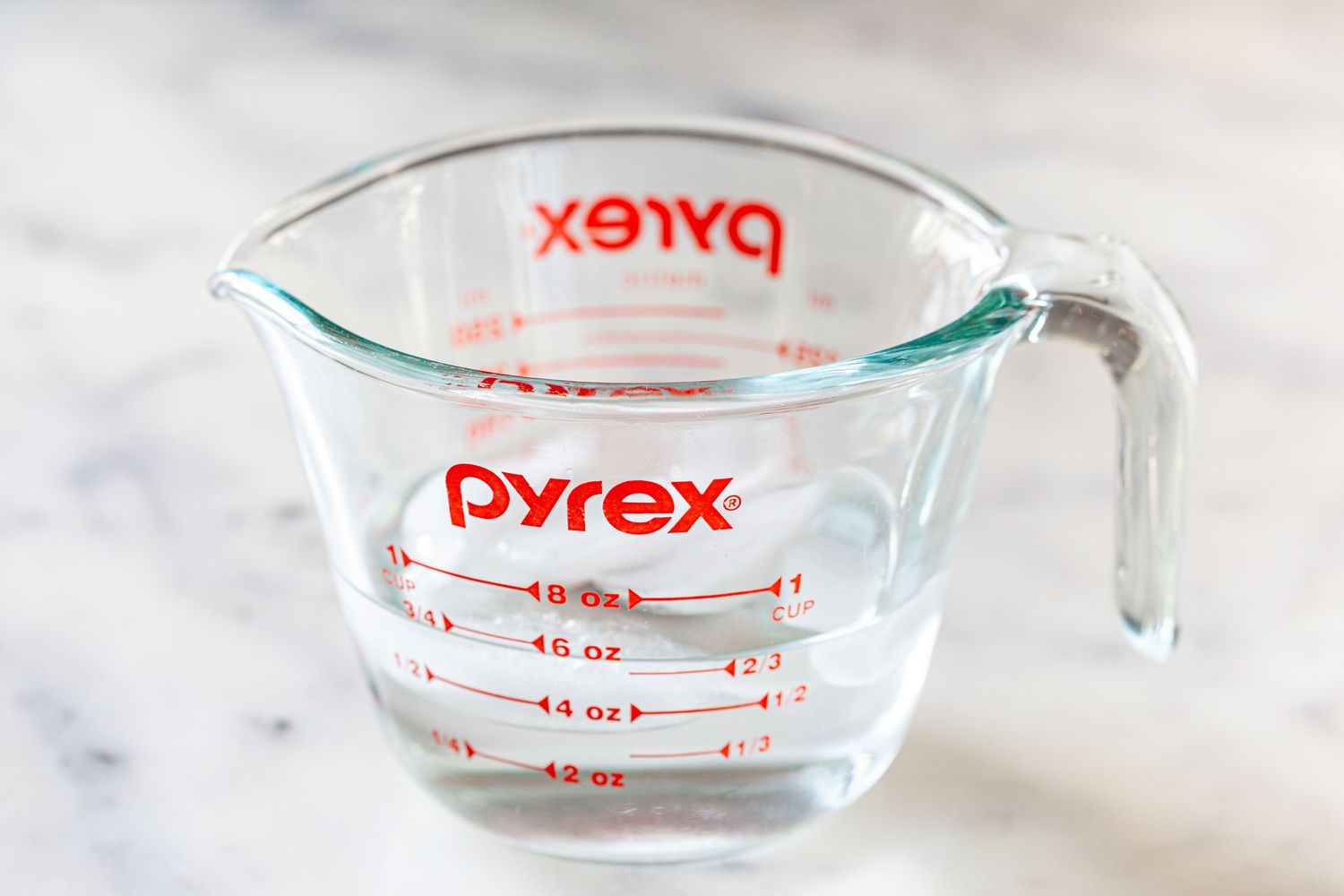
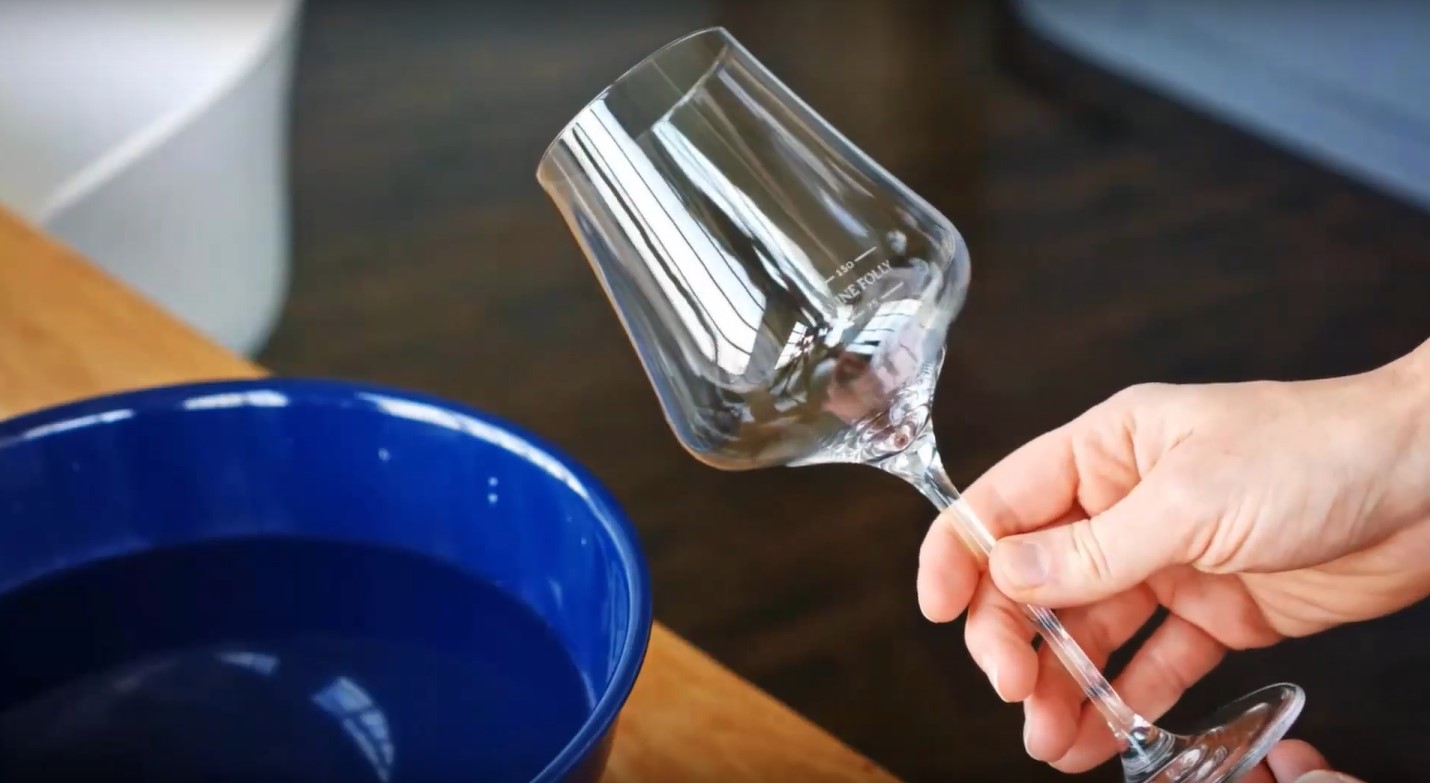
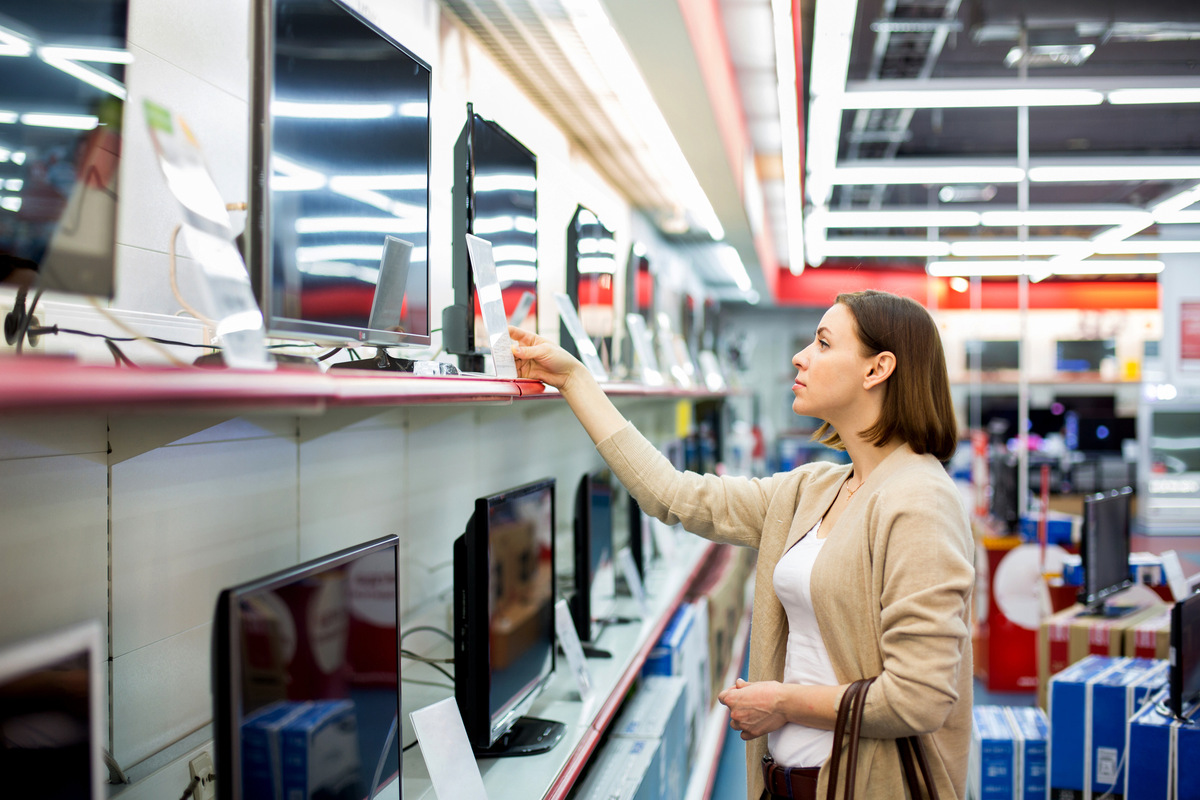
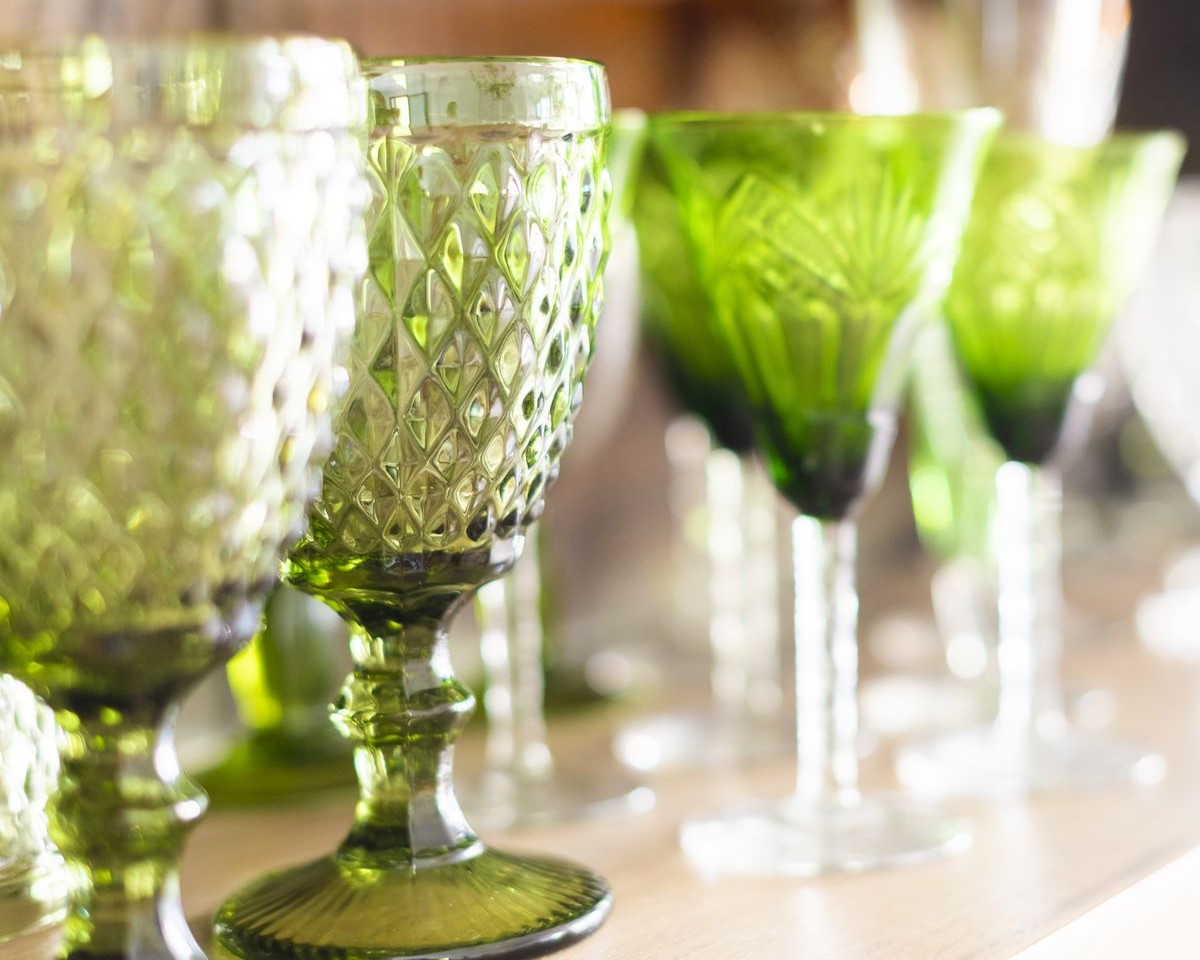
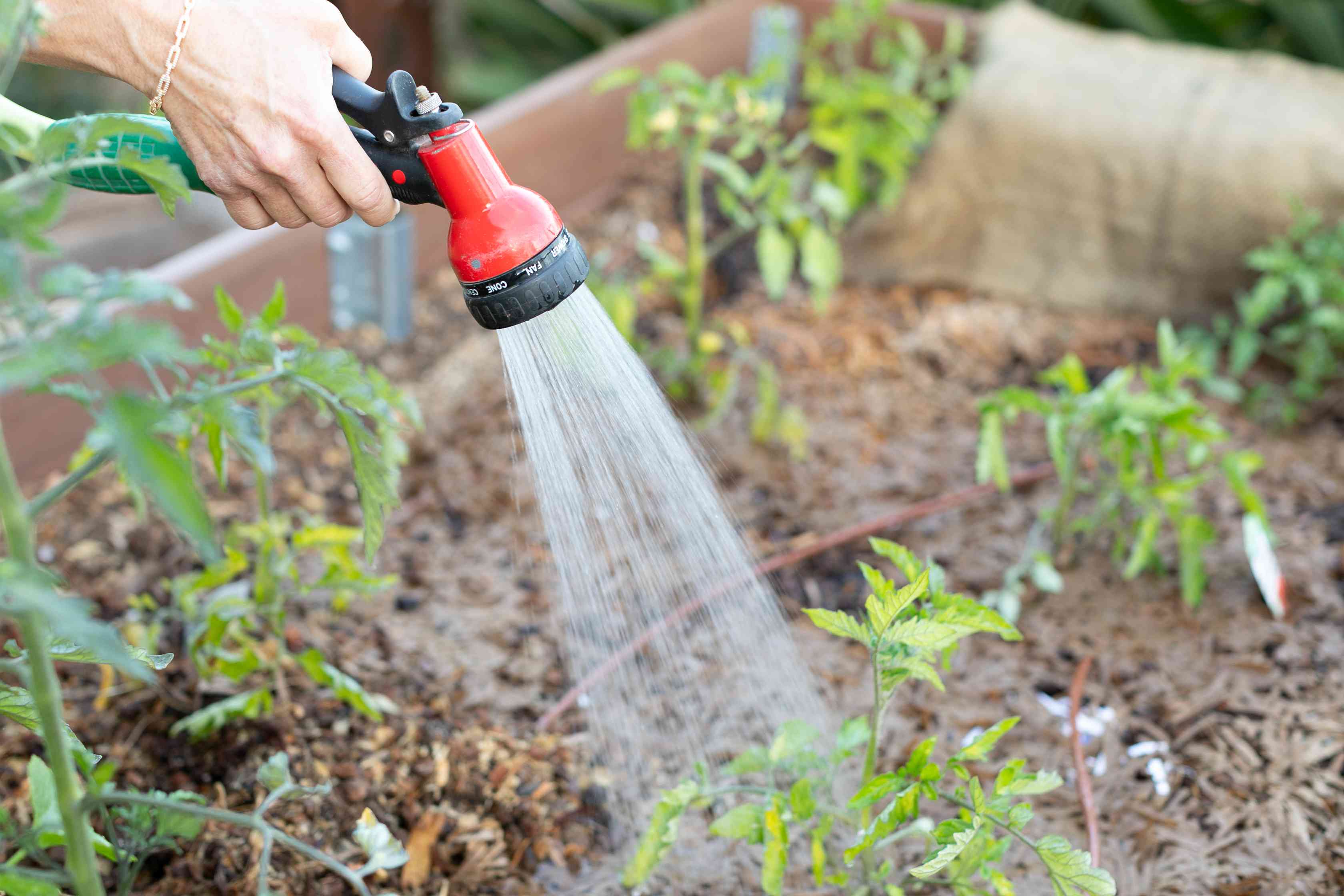



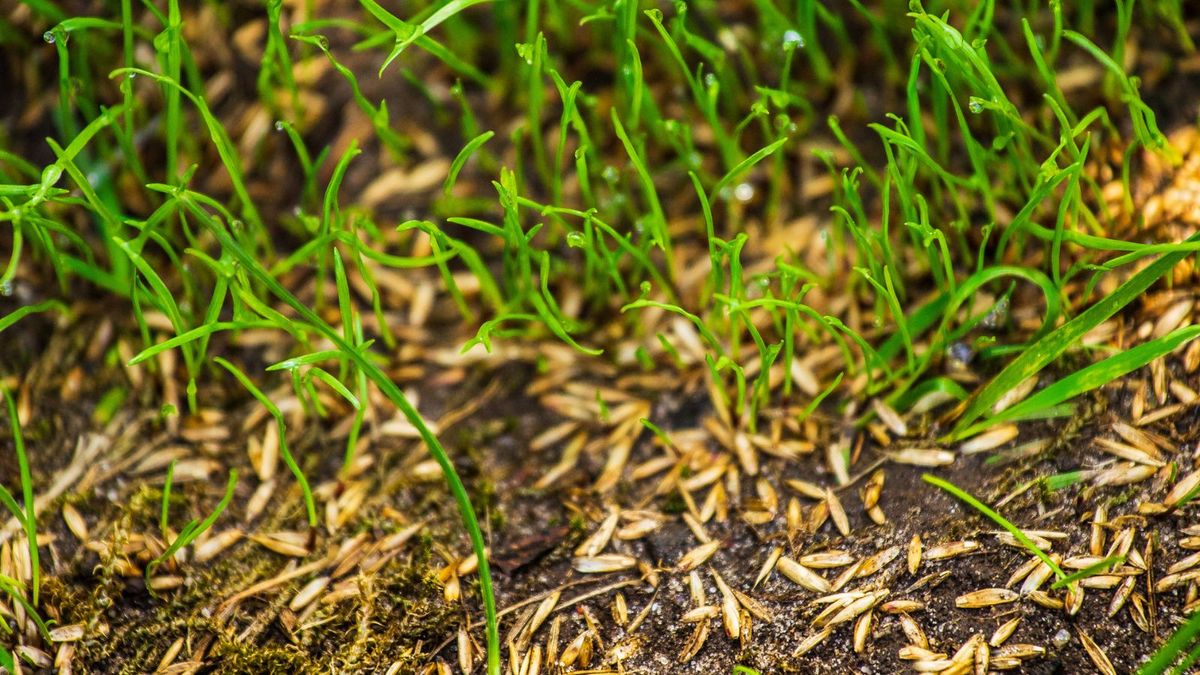
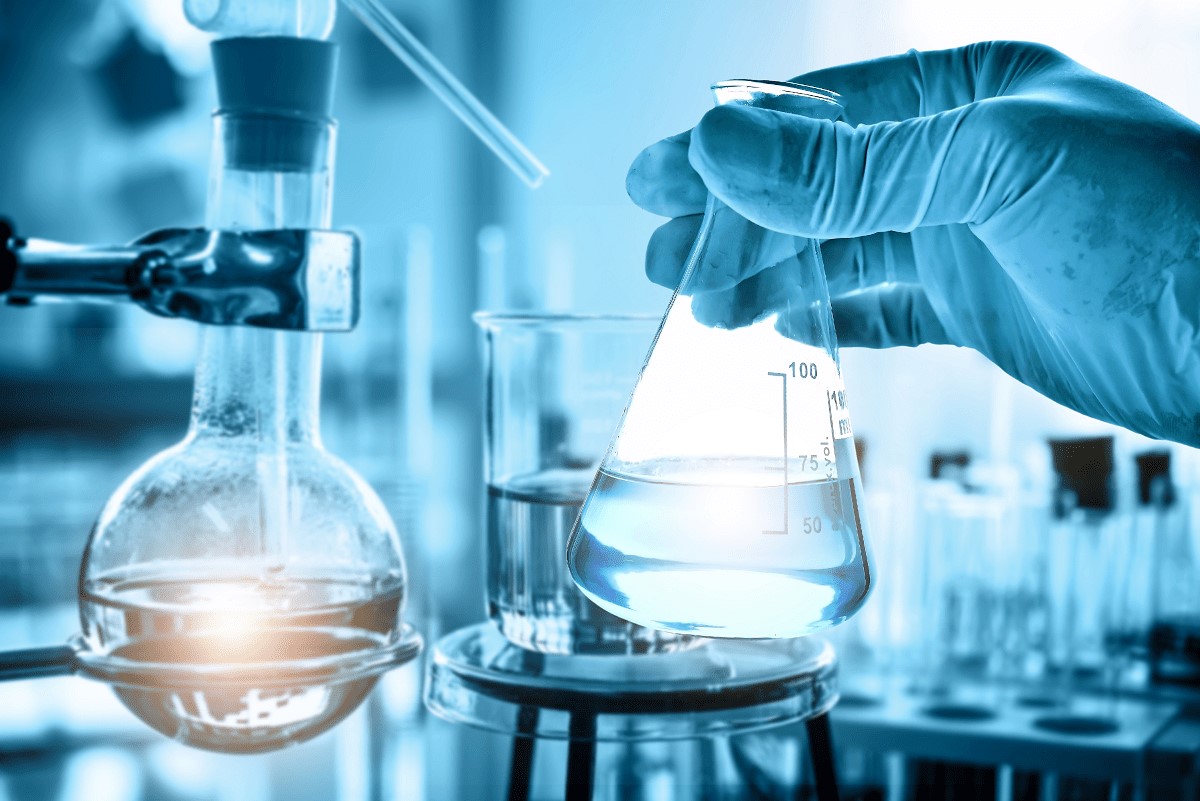

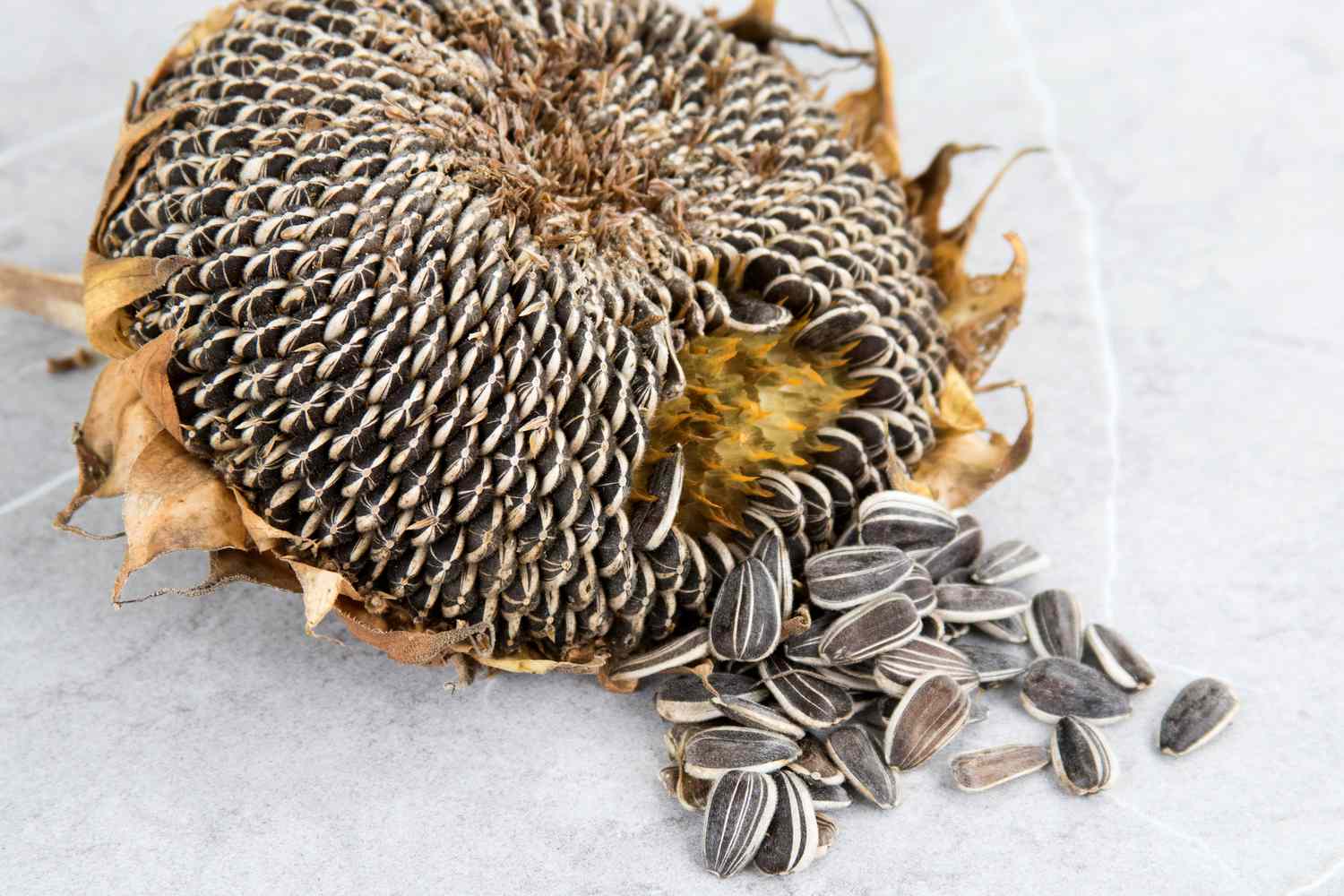

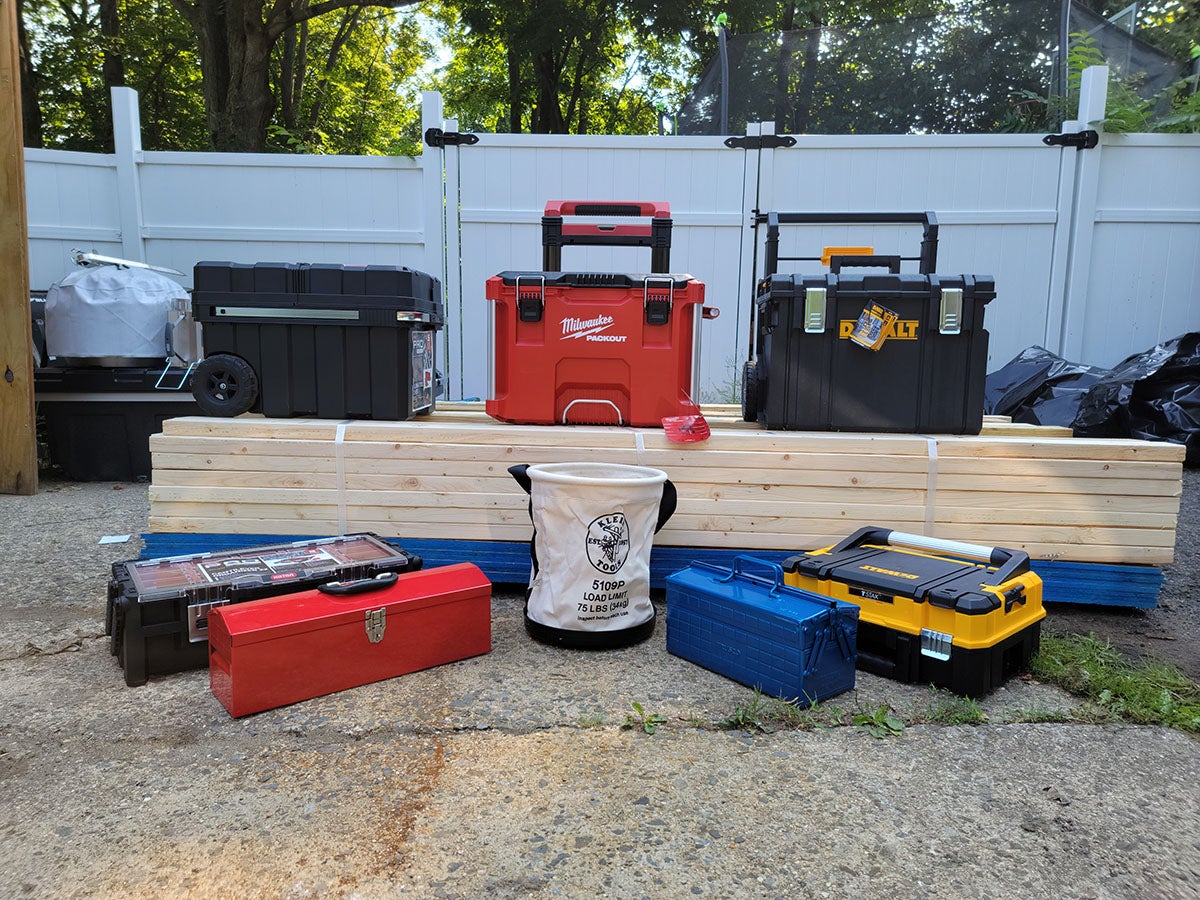

0 thoughts on “When Is The Best Time To Clean Glassware During A Lab Session?”